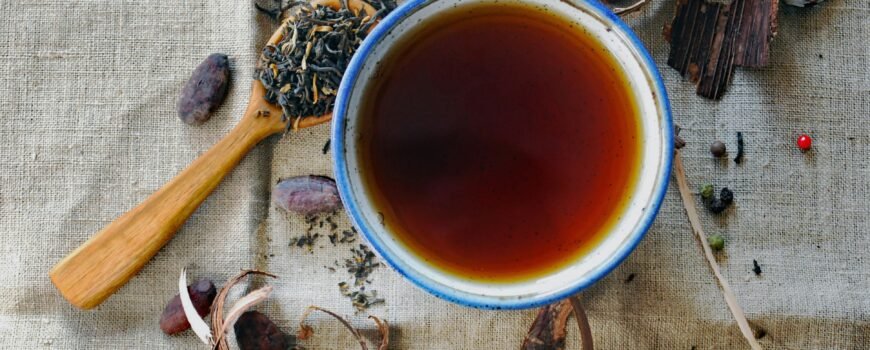In the tea industry, grading plays a crucial role in determining the quality, pricing, and marketability of tea. Whether you’re a wholesaler, retailer, or exporter, understanding tea grades is essential to building a successful business. Grading helps establish trust with buyers, ensures consistency, and aligns products with customer expectations.
What Are Tea Grades?
Tea grades refer to the classification of tea leaves based on their size, appearance, and processing method. The grading system varies by tea type (e.g., black, green, oolong), but it generally reflects the quality of the tea.
Key Aspects of Tea Grading
- Leaf Size: Whole leaves, broken leaves, fannings, and dust.
- Quality Indicators: Includes factors like uniformity, color, and aroma.
- Processing Style: Handcrafted vs. machine-processed teas.
Why Are Tea Grades Important?
1. Establishing Product Quality
Grades signify the quality of tea, ensuring transparency for buyers. For example:
- Whole-leaf grades (e.g., SFTGFOP1) are associated with premium quality.
- Dust grades are typically used for mass-market teas like tea bags.
2. Pricing and Valuation
Tea grades directly influence pricing:
- Higher grades fetch premium prices due to superior quality.
- Lower grades are more affordable, catering to a broader audience.
3. Consumer Perception and Trust
A clear grading system helps customers identify and trust the product. For instance:
- Retail customers may prefer teas labeled as “Premium Grade.”
- Export buyers often look for detailed grading for consistency in large orders.
4. Market Segmentation
Grading allows businesses to target different market segments:
- High-End Market: Whole-leaf teas and specialty blends.
- Mid-Range Market: Broken-leaf teas with good flavor at reasonable prices.
- Mass Market: Fannings and dust used in affordable tea bags.
5. Regulatory and Export Standards
For exporters, adhering to grading standards is essential to meet the expectations of international buyers and comply with regulatory requirements.
Common Tea Grades Explained
Black Tea Grades (Orthodox)
- SFTGFOP: Super Fine Tippy Golden Flowery Orange Pekoe – Premium grade with whole leaves and golden tips.
- TGFOP: Tippy Golden Flowery Orange Pekoe – High-quality whole-leaf tea.
- BOP: Broken Orange Pekoe – Smaller leaf size, used in everyday teas.
- Dust: Fine particles, typically used in tea bags.
CTC Tea Grades
- BP (Broken Pekoe): Medium-sized granules with bold flavor.
- PF (Pekoe Fanning): Smaller particles with strong brew strength.
- PD (Pekoe Dust): Fine particles for quick brewing and strong taste.
Green Tea Grades
- Gunpowder: Tightly rolled, pellet-like leaves.
- Sencha: Flat, needle-like leaves.
- Fannings and Dust: Lower grades for blending or tea bags.
How Grades Impact the Tea Business
1. Retail and Branding
High-grade teas are ideal for premium packaging and branding, appealing to a niche audience willing to pay a premium.
2. Wholesale and Exports
Clear grading ensures smooth transactions and quality assurance for bulk buyers. Exporters often rely on established grades to meet international standards.
3. Custom Blends
Blenders use grades to achieve consistent flavor and quality. For instance, blending high-grade tea with fannings can create a balanced product for mid-range markets.
4. Profit Margins
Premium grades yield higher profit margins due to their exclusivity and appeal. Lower grades, while more affordable, benefit from larger sales volumes.
Challenges of Grading in the Tea Business
- Inconsistency: Grading standards may vary by region and producer, leading to confusion.
- Subjectivity: Grading often depends on visual and sensory evaluations, which can be subjective.
- Education: Customers unfamiliar with grading may struggle to understand its significance.
How to Leverage Tea Grades in Your Business
- Educate Customers: Include clear information about grading on product labels or marketing materials.
- Standardize Procurement: Work with suppliers who adhere to consistent grading standards.
- Diversify Offerings: Offer multiple grades to cater to different price points and customer preferences.
- Highlight Premium Grades: Use storytelling and branding to emphasize the value of high-grade teas.
Conclusion
Grading is the backbone of the tea business, influencing quality perception, pricing, and market positioning. By understanding and leveraging tea grade, businesses can cater to diverse audiences, build trust, and establish themselves as reliable players in the competitive tea industry.
Start focusing on grade today to brew success in your tea business!
importance of Grade in Tea Business . Zircon Tea Company 9499347308






